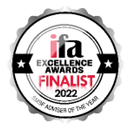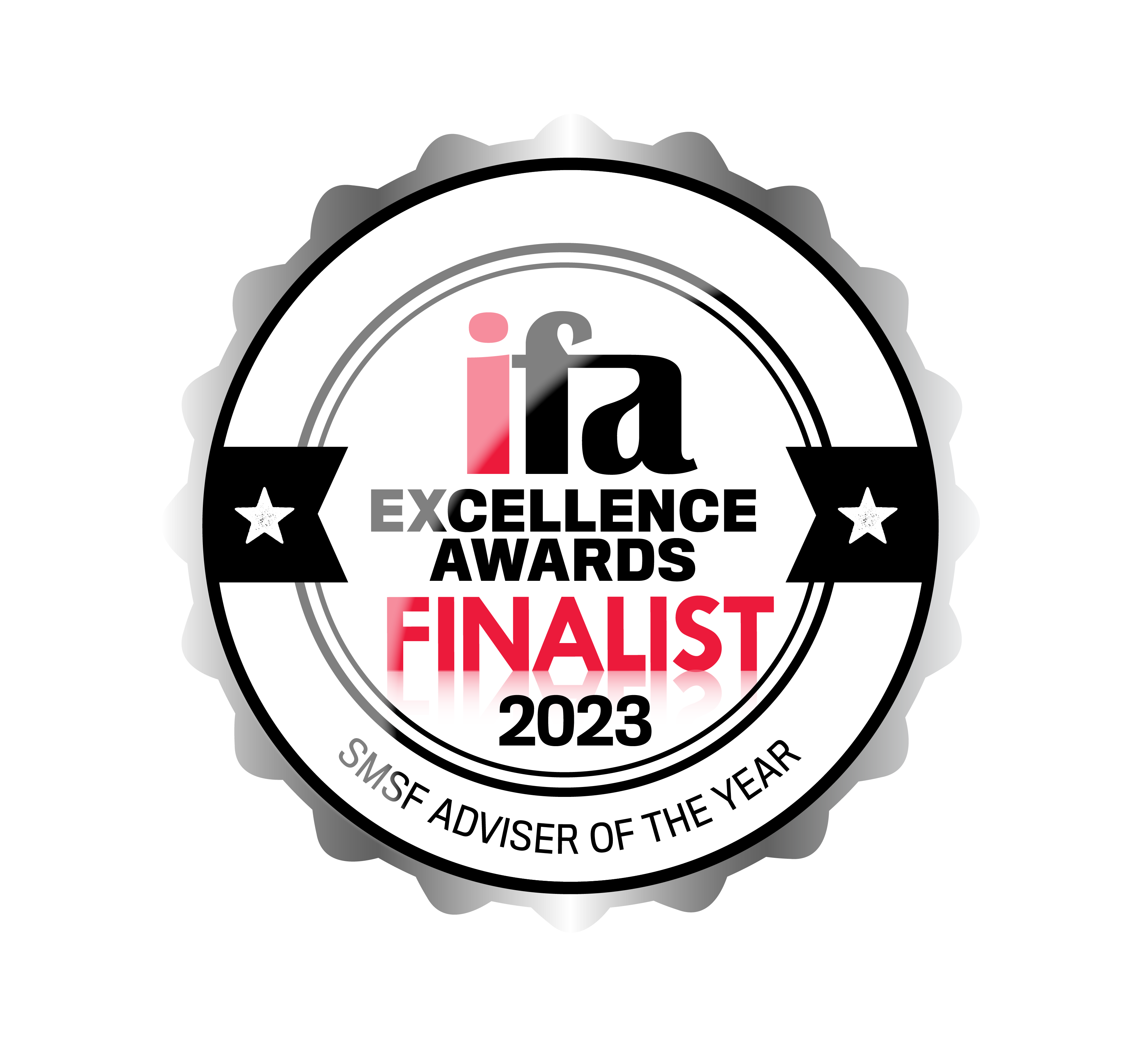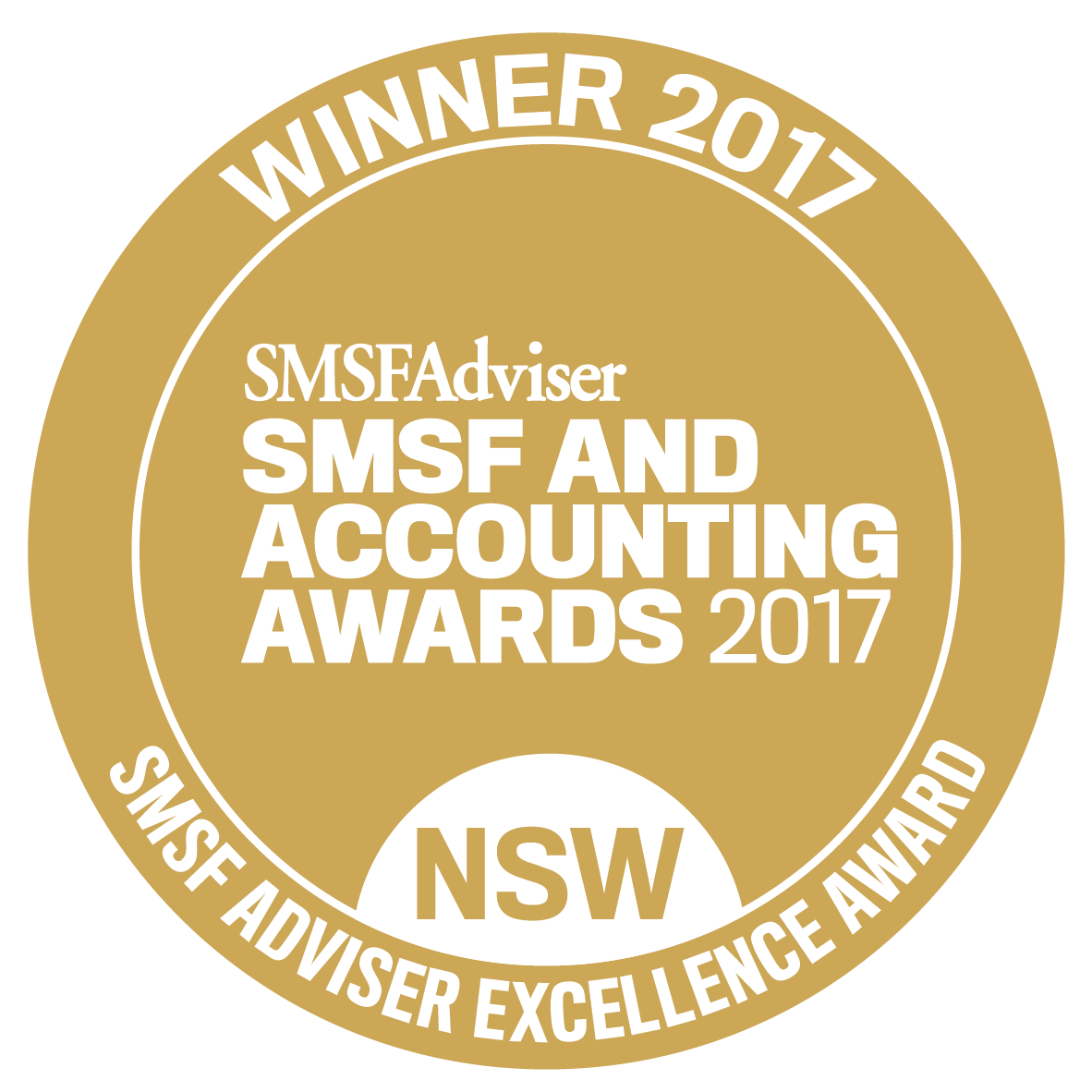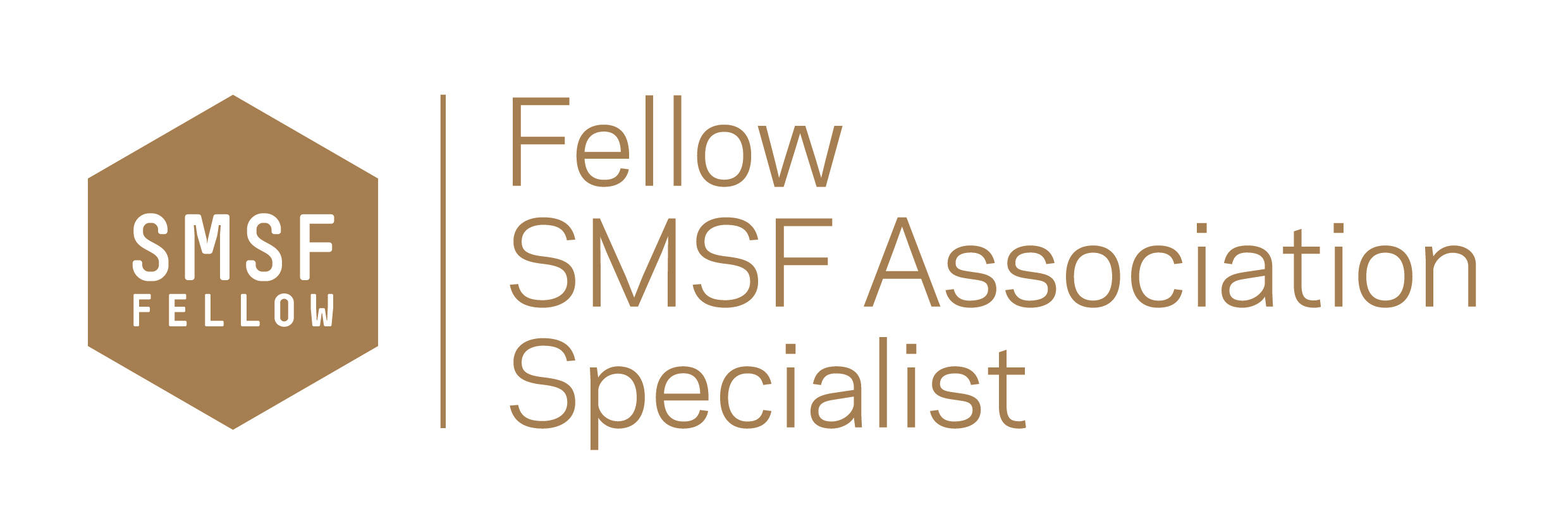 This is Part 2 of a 3 part series. In the first article, we looked at the background to the limited recourse borrowing arrangements that can be used by SMSFs to invest in an asset, specifically a residential or commercial property. Now we look at the actual process (using NSW as our base as different states have slightly different rules).
This is Part 2 of a 3 part series. In the first article, we looked at the background to the limited recourse borrowing arrangements that can be used by SMSFs to invest in an asset, specifically a residential or commercial property. Now we look at the actual process (using NSW as our base as different states have slightly different rules).
- Real estate investing and self-managed superannuation can be combined activities, but there are rules to be aware of.
- Borrowing is one of the more complex areas in this process, but it can still be broken down into relatively simple steps.
- It’s certainly not child’s play, but this week we show how limited recourse borrowing arrangements can work.
As we detailed last week in the first of this series, placing real estate investments into self-managed superannuation funds (SMSFs) needn’t been a Herculean task, but it does require careful planning. Most of all, however, you or your advisors need to be fully conversant with the current borrowing exception that is detailed in section 67A of the Superannuation Industry Supervision (SIS) Act. SMSF borrowing is more correctly termed as a limited recourse borrowing arrangement (LRBA). This week we take a closer look at LRBAs and show you the typical steps involved.
To recap first, Section 67A makes provision for the requirements of a limited recourse borrowing arrangement.To make use of the exception the borrowing must comply with the following rules:
- The funds borrowed must be used to acquire “a single acquirable asset.”
- The asset must be held on trust by another trustee known as a “bare trustee”, “the custodian trustee” or “holding trustee” so that the SMSF trustee acquires a beneficial interest.
- The SMSF trustee must have the right to acquire legal ownership of the asset by making one or more payments.
- The rights of the lender, or any other person, for default on the borrowing must be limited to rights against the acquirable asset only (this is the limited recourse arrangement) and not against any other SMSF assets.
- The asset must be one that the SMSF would be permitted to purchase and own regardless of whether or not it borrowed to buy it.
So far, so good. If you believe the property and the strategy suits your needs and decide to proceed to implementation, these are the typical steps involved in borrowing by an SMSF:
- You or your advisor need to collate the data on your superannuation balances, your contributions over the last three years and predicted future contributions.
- Provide this information to a mortgage broker or your bank and seek an indication of whether or not you would qualify for a loan and seek an indication of your borrowing limit and maximum LVR. Please do this before incurring other costs or you may waste your money.
- Check the current trust deed of your fund to ensure the SMSF trustee has power to borrow, grant a mortgage and allow an asset to be held by custodian/holding/bare trustees for the SMSF trustee (if not in the deed, you must amend the SMSF trust deed).
- Amend your written SMSF investment strategy to include the investment in property and the borrowing as well as the fact that the trustees have considered the investment risks and what strategies are being used to minimise the risks like insurance, higher deposits and extra contributions.
- Establish the corporate trustee of the holding trust and not the same as SMSF. Don’t even consider using individual trustees as you limit your panel of lenders and may end up paying much higher rates and leave yourself at risk of litigation by injured parties on the property.
- Get your advisors to obtain or prepare the holding trust documentation. I recommend you use the services provided by a decent legal firm that quotes upfront for the work and outlines exactly what they provide.
- Source the property for purchase and begin negotiations while you submit the details to the lender and let them do their valuation to get confirmation of borrowing facility
- Document that the custodian/holding/bare trustee resolves in writing to act as holding trustee of the asset for the beneficial owner who is the SMSF trustee.
- Negotiate the final price and exchange contracts with the vendor. Do not use personal money for any part of the deposit as you may incur double stamp duty. The purchaser on the contract is the company Trustee of the custodian/holding/bare trust, not the SMSF trustee but each state has its own naming convention so here is a current (as of 2022) guide:
State SMSF (No Borrowings) Bare Trust (Borrowings) NSW SMSF Trustee Pty Ltd ACN XXX XXX XXX as trustee for Name of Fund Holding Trustee Pty Ltd ACN XXX XXX XXX VIC SMSF Trustee Pty Ltd ACN XXX XXX XXX as trustee for Name of Fund Holding Trustee Pty Ltd ACN XXX XXX XXX QLD SMSF Trustee Pty Ltd ACN XXX XXX XXX as trustee for Name of Fund Holding Trustee Pty Ltd ACN XXX XXX XXX SA SMSF Trustee Pty Ltd ACN XXX XXX XXX as trustee for Name of Fund Holding Trustee Pty Ltd ACN XXX XXX XXX TAS SMSF Trustee Pty Ltd ACN XXX XXX XXX as trustee for Name of Fund Holding Trustee Pty Ltd ACN XXX XXX XXX WA SMSF Trustee Pty Ltd ACN XXX XXX XXX as trustee for Name of Fund Holding Trustee Pty Ltd ACN XXX XXX XXX for SMSF Trustee Pty Ltd ACN XXX XXX XXX ACT SMSF Trustee Pty Ltd ACN XXX XXX XXX as trustee for Name of Fund Holding Trustee Pty Ltd ACN XXX XXX XXX NT SMSF Trustee Pty Ltd ACN XXX XXX XXX as trustee for Name of Fund Holding Trustee Pty Ltd ACN XXX XXX XXX as trustee for Name of Holding Trust as bare trustee for SMSF Trustee Pty Ltd ACN XXX XXX XXX as trustee for Name of Fund ABN XX XXX XXX XXX The items in italics should be replaced by the actual company / trust / SMSF names and details.
- Complete the borrowing arrangements and agree terms with your lender.
- Go back to your documentation kit and document for the custodian/holding/bare trustee and the SMSF trustee to sign the trust deed of the holding trust.
- The SMSF trustee (the SMSF trustee, remember, is the borrower) should now sign the loan and mortgage documents with the lender.
- Ensure all payments in relation to settling the purchase are either paid direct from the SMSF trustee’s bank account or from the lending facility as part of settlement.
- Submit the holding trust deed, statements showing payments for the deposit, and settlement to the stamp duty authority in most states (though not Queensland) for payment of stamp duty.
- Arrange the tenancy with the lease to be in the name of holding trust trustee. Need a Lease Kit? Visit DIY Legal Kits – Lease Agreements
- All rental income should now be paid to the bank account of the trustee of the SMSF. I do not recommend the holding trustee apply for a tax file number or try to open a bank account.
- The SMSF trustee makes arrangements for loan payments to paid to lender as per the loan schedule. Useful Loan Amortisation Spreadsheet here
- Register the SMSF trustee for land tax if applicable.
- Register the fund for GST if your tax agent deems it necessary.
- When the loan is eventually repaid, transfer the asset from the holding trustee to the SMSF trustee. Only nominal stamp duty should apply provided the holding trust deed was stamped previously and the holding trust is a bare trust.
Simple? Not really, but broken down into concrete steps it can be more or less straightforward. Still, this article should only serve as an educational guide, not as a prescriptive set of instructions. No matter where you live or what your circumstances are, make sure you work with a trusted and licensed advisor before doing all of the above.
The bottom line: Every purchase will be slightly different especially as rules are different in each state. Please get good advice from an experienced SMSF specialist before implementing this strategy for your own fund. Next week, we will list the most common errors made by SMSF trustees in buying a property and the consequences!
NEXT STEP : THE 20 MOST COMMON MISTAKES (read now to avoid other’s mistakes)
As always please contact me if you want to look at your own options. You can make an appointment by clicking here. We have offices in Castle Hill and Windsor but can meet clients anywhere in Sydney or via Skype.
Liam Shorte B.Bus SSA™ AFP
Financial Planner & SMSF Specialist Advisor™
Tel: 02 98941844, Mobile: 0413 936 299
PO Box 6002 BHBC, Baulkham Hills NSW 2153
5/15 Terminus St. Castle Hill NSW 2154
Corporate Authorised Representative of Viridian Select Pty Ltd ABN 41 621 447 345, AFSL 51572
This information has been prepared without taking account of your objectives, financial situation or needs. Because of this you should, before acting on this information, consider its appropriateness, having regard to your objectives, financial situation and needs. This website provides an overview or summary only and it should not be considered a comprehensive statement on any matter or relied upon as such.














Yang
/ April 10, 2023Hi Liam,
Excellent article about the process of buying properties with SMSF!
I got a question about #15 – “Arrange the tenancy with the lease to be in the name of holding trust trustee.”. Can I sign the lease agreement with the name of my super trustee? We do have loans for the property.
Also, do you have a plan to write a separate article about #14 “Submit the holding trust deed, statements showing payments for the deposit, and settlement to the stamp duty authority in most states (though not Queensland) for payment of stamp duty.”? I think it is a critical step to avoid double stamp duty in the future.
Thanks.
LikeLike
SMSF Coach - Liam Shorte
/ June 2, 2023Sorry for the delay in replying. Please ask your fund Auditor what they will accept as you need to meet their requirements. I will look to elaborate on #14 shortly. Thank you , Liam
LikeLike
samsein
/ July 5, 2017I like your blog, This is an excellent blog.
Now, i do not need to worry about my property.
LikeLike
David
/ November 1, 2016Hi Liam
Thank you for this excellent article. Assuming a property is purchased in NSW, with “ABC SMSF” having a corporate trustee “ABC Trustee Pty Ltd”, a Bare Trust “ABC Bare Trust” with a Corporate Trustee “ABC Bare Trust Pty Ltd”, I had 3 questions I was hoping you could clarify further:
1) Point 12 – states the SMSF trustee is the borrower. What is the full name that should go on the bank loan documentation? “ABC Trustee Pty Ltd”? or “ABC Trustee Pty Ltd ATF ABC SMSF”?
2) Point 14 – what is the full name that will go on the title deed? “ABC Bare Trust Pty Ltd” or “ABC Bare Trust Pty Ltd ATF ABC Bare Trust”? Is this the same as who will be named as paying for stamp duty?
3) Point 18 – will the SMSF be entitled to the land tax threshold ($482k)? What is the full name to register the SMSF for land tax, is it “ABC Trustee Pty Ltd ATF ABC SMSF”, or the custodian of the Bare Trust?
Thanks!
LikeLike
SMSF Coach - Liam Shorte
/ November 1, 2016Hi David
I cannot give specific advice on here so will just guide you on the general rules.
1. It will depend on the lender but in most cases it will be “ABC Trustee Pty Ltd ATF ABC SMSF”
2. yes in general the property title is in NSW is just “ABC Bare Trust Pty Ltd”
3. As SMSFs cannot qualify as fixed trusts and are specifically excluded from special trusts, they
are entitled to the land tax threshold and there is no attribution of land interests of the SMSF to the member of the SMSF. It is prudent for the SMSF to register for Land Tax as the BARE Trustee should not have an ABN or TFN. You should take legal advice on this matter from your conveyancer and accountant. In some cases I have noted both entities (SMSF Trustee and Bare Trustee) register for land tax but a tax credit is provided to the trustee of the SMSF in relation to the land tax assessed to (and paid by the SMSF as it is the only one with a bank account) the trustees of the bare trust. This tax credit is provided by section 25(2) of the Land Tax Management Act and the amount of the credit is “such amount (if any) as is necessary to prevent double taxation”.
The key understanding the detail on the NSW OSR site is the trustee of the superannuation fund is the beneficiary of a trust which is not a special trust. see http://www.osr.nsw.gov.au/taxes/land/factsheet/booklet-2016#book2
I would be guided by your advisers in this matter
Liam
LikeLike